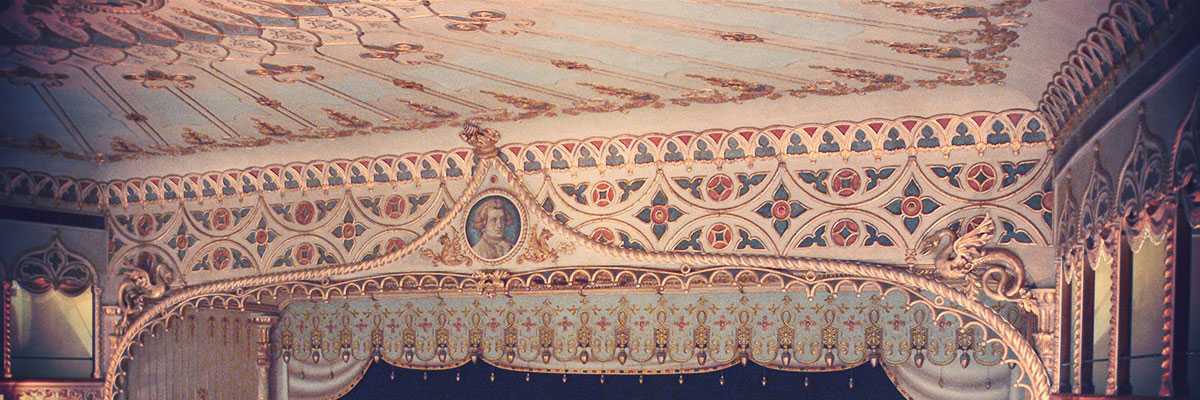
Teatro Stabile del Veneto Carlo Goldoni
The oldest theatre in Venice, it has a troubled history.
Throughout the centuries, it has been directed by great personalities, from Carlo Goldoni to Giorgio Gaber. Today it is the Venetian seat of the Teatro Stabile del Veneto.